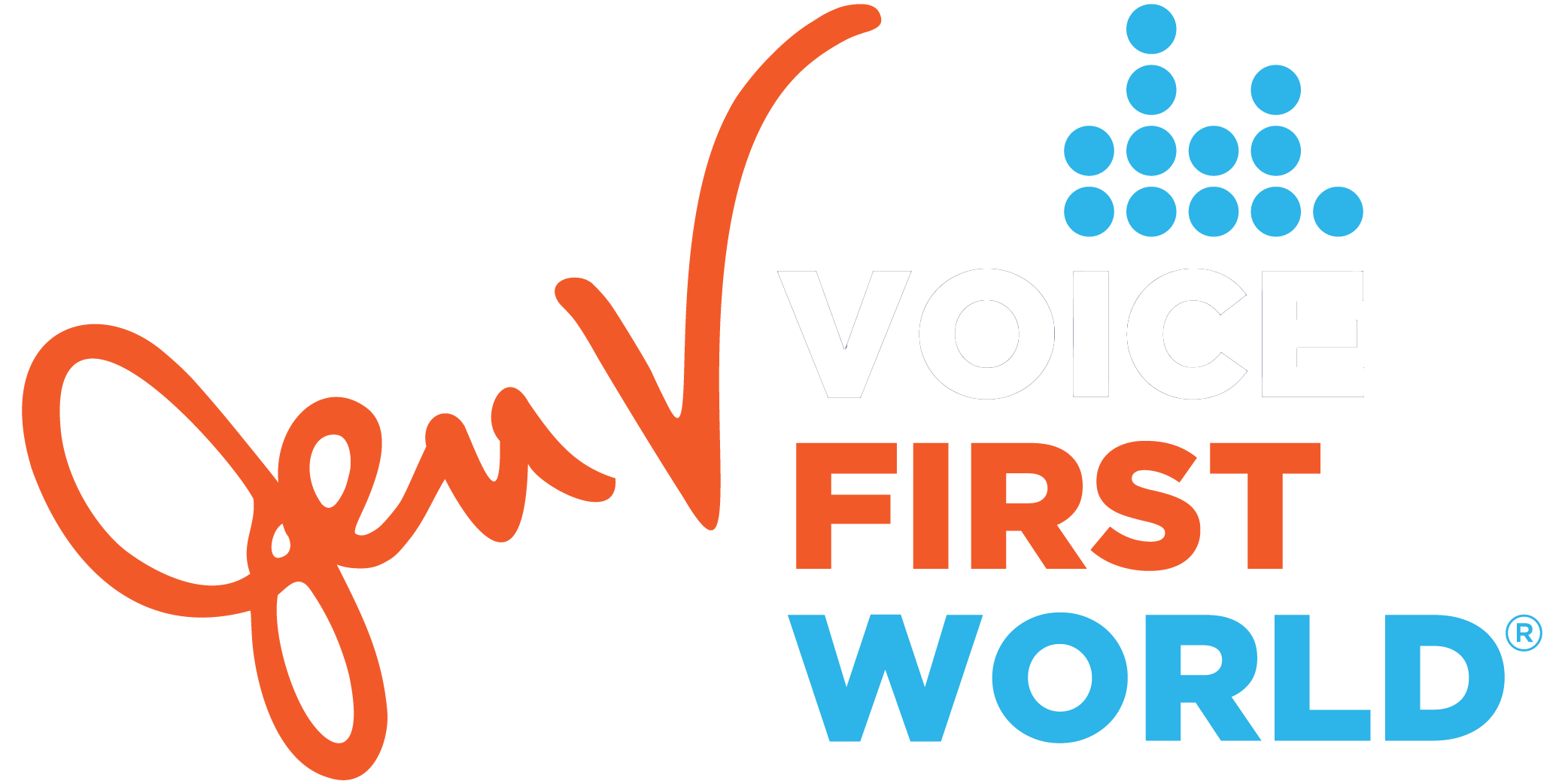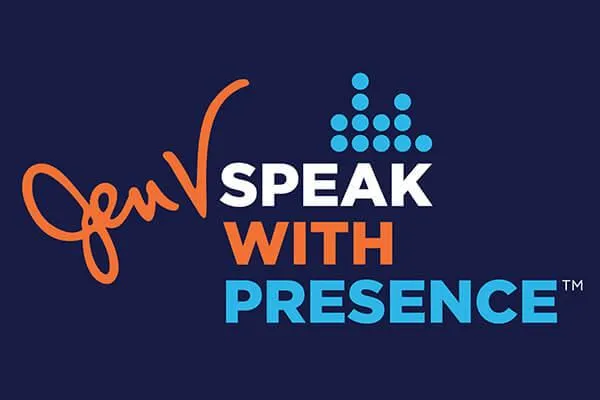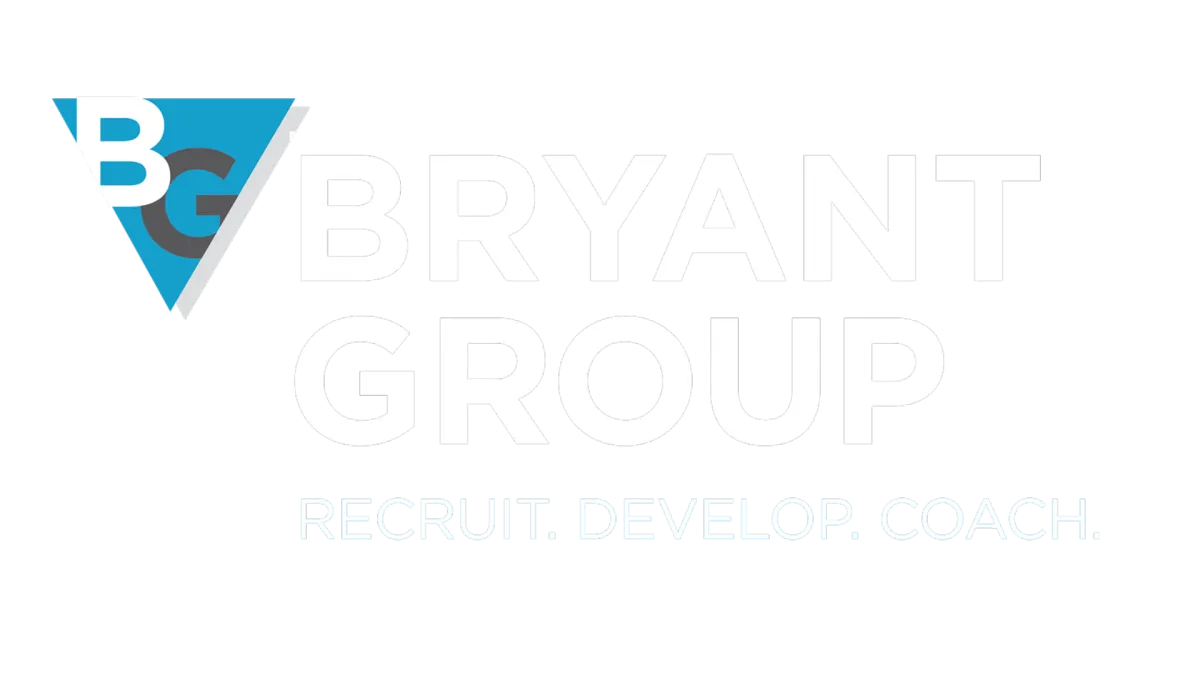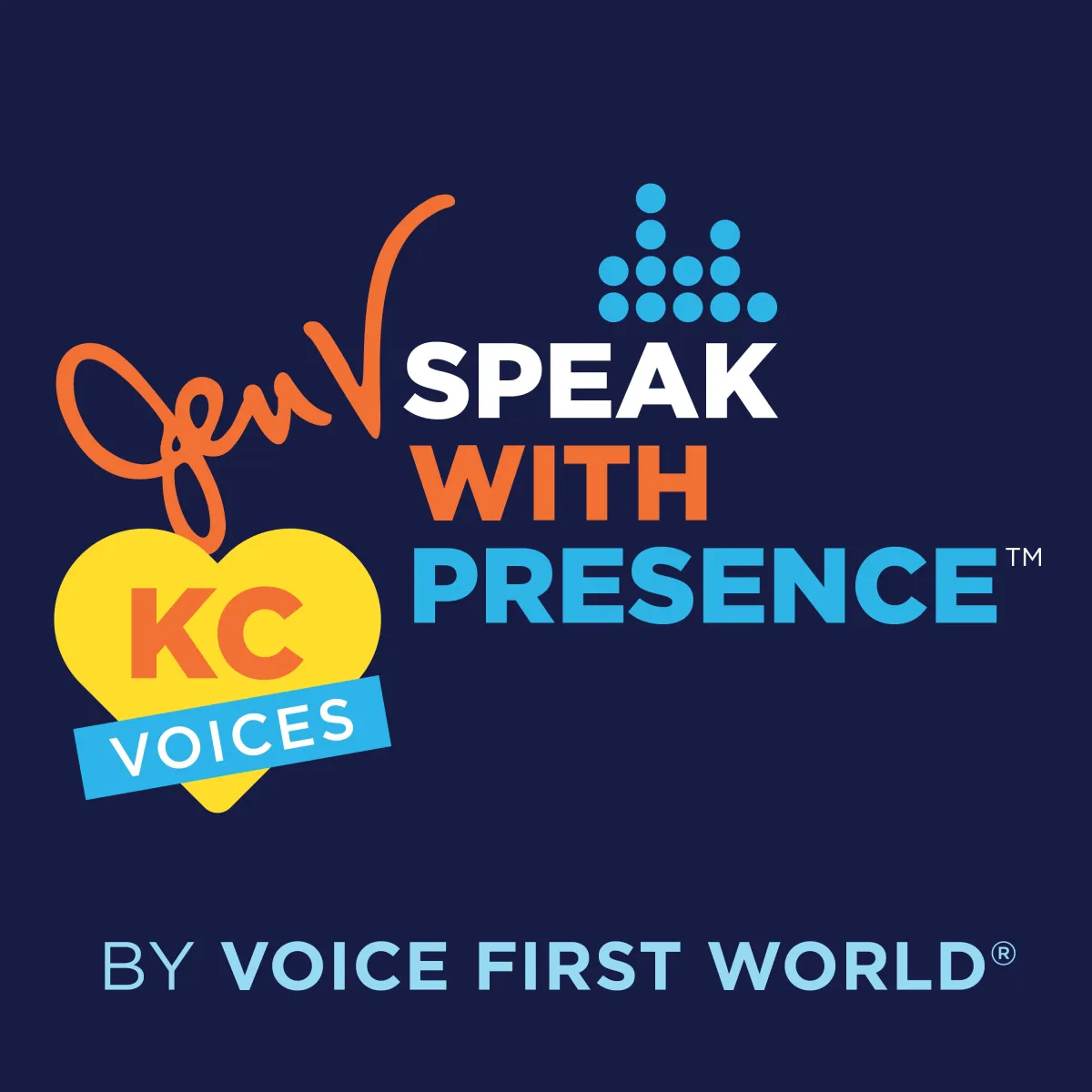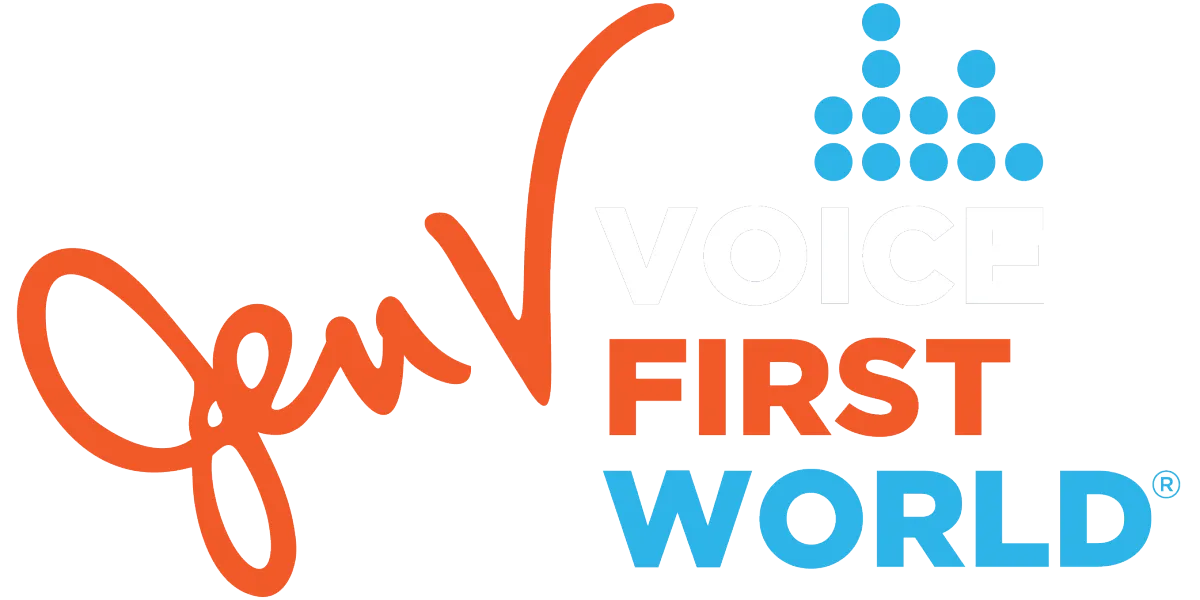Lorem ipsum dolor sit amet, consectetur adipiscing elit, sed do eiusmod tempor incididunt ut labore et dolore magna aliqua.
- Client Name
Title/Position, Company, Location
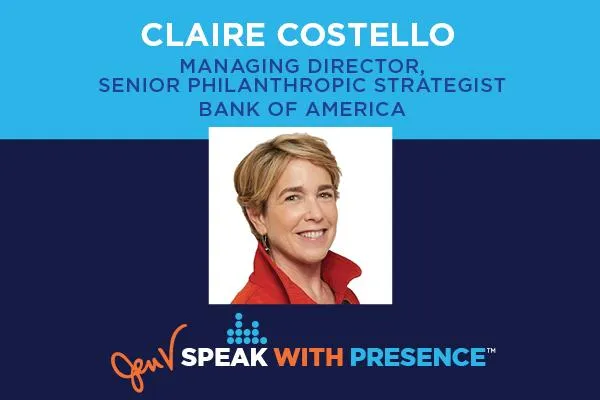
Episode 76: Giving Deeply - Claire Costello
In this episode, Giving Deeply, we spoke with Claire Costello, Managing Director, Senior Philanthropic Strategist for Philanthropic Solutions at Bank of America Private Bank.
Claire takes us on an exploration of what data says about how we—especially women—interact with philanthropy. Listen in on her insights into giving versus receiving and how we can best show up for philanthropy.
Affluent Charitable Giving Trends and Statistics in 2022 (bankofamerica.com)
Prefer to read instead of listen?
Read the transcript below
What is your wealth for? What is the highest and best use for that wealth? And then begin your planning with that defined goal in mind. And it's never too early or too late to dive in. Welcome to the Speak with Presence podcast. I'm Jen Vellenga and I'm Jennifer Rettele-Thomas. On the Speak with Presence podcast, we believe perfection is overrated, leaders listen, and we all speak up to influence change. And you know, we are here to share stories of powerful leaders who use their voice to inspire change.
Well, we are back on StreamYard online in our online seats, JRT. Well, and we're very excited because we have someone in our virtual green room that we met a couple of weeks ago. Well, actually we met last year, but we were fortunate enough to meet again a couple of weeks ago. Let's introduce her, Jen. Yes, so Claire Costello is waiting in the green room for her cue. We're not going to bring her on yet to start speaking. She's a managing director and senior philanthropic strategist at Bank of America.
Claire is recognized as an expert in philanthropy. I spent my career, the last 15 years, in the field of philanthropy, Jen and partnered on many ways enhancing philanthropy at our university. And so, when we listened to Claire talk over the last year regarding some of this research, it was like, it's time to really bring this forth for our members of our community to learn from her. To learn what some of the data is saying currently about philanthropy, affluent families, and specifically women.
Yes, when we saw her in 2022, I remember both of us walked away from that Bank of America event, which is sharing the study on women and philanthropy, specifically affluent women, as you said, but it impacts all women who give and how you give. But we walked away and said for six months, telling everyone, did you know that women are making the decisions about philanthropy, but women's organizations are getting the least amount of philanthropy dollars, any organizations that support girls and women. I don't know if I said that exactly right, but if I haven't said it right, Claire will.
Claire will clear it up when she gets on here. In addition to that, because we are the Speak with Presence podcast, Claire is a woman with presence. She presents with presence. She's clear and articulate. And while she's not from Kansas City and this season is specifically about Kansas City voices, she does a lot of work here. Especially with United WE, and again, with this study on affluent givers and women in philanthropy. It's a huge study, but the piece about women and philanthropy is, of course, what we're interested in. Her data points are creating change. She's going to speak about the Bank of America study.
Alright, Jen, let's bring her forward. Claire, are you ready? I am ready. Good to see you both or hear you both, I should say. Welcome to the Speak with Presence podcast. Thank you so much for having me. We're glad to have you here. So, you heard our opening, and we probably got a few things wrong. Do you need to fill us in on anything?
I would just introduce the study by saying it is the Bank of America Study of Philanthropy. We've been conducting it on a biennial basis since 2005, always with our stalwart partner, Indiana University's Lilly Family School of Philanthropy. It's distinctive in that it focuses not only on the demographics of affluent givers, that is to say how much they have, where they give it to, how frequently, and so forth. But also, on what we call psychographics. How they feel about that, what their expectations are from their giving and from the nonprofits they support and so forth. So, again, it's a very long running study and it provides us with a lot of longitudinal analysis as well as captures current day trends and happenings in the philanthropic world.
I love that you said before we started recording, you said something about your work is all about the wonders of altruism. And so, I wanted you to expand on that a little bit. What is it that drew you to this work of helping? The study is one thing, right? And the data points tell a story. But what has moved you to consider altruism being just wonderful?
Well, I mean, short of telling you my life biography, I was in another profession and I quit cold turkey in pursuit of doing something in this sector and helped establish, at that time, the Citi Group Private Bank’s Global Philanthropy Service. I've been in the space ever since, so 25 plus years now. In a nutshell, it's sort of an example of when one's extracurricular life eclipses their work life. So, I was in my profession and found myself increasingly searching for meaning outside of it. I had established an environmental nonprofit. I was serving on a bunch of boards. And it was really what brought me more joy than my nine to fiver. And I felt that I should, for the blood, sweat and tears I was putting into my career, really be more fully enchanted with it than I was. So I quit. And, then just started anew. So here we are.
Well, that sounds familiar, Jen V. I know. It sounds like Indiana University, a university, higher ed has been our world and philanthropy. And if you don't know, Claire, JRT and I came together with her on the philanthropy side for a university and me on the faculty side. And JRT knew the power of storytelling, brought me in to share stories into the philanthropy world for the university. So, you are all in the territory of what we love. We appreciate that. And then we stepped away. After all of that, we stepped away so we could start this.
Women’s financial confidence is on the rise, JRT. What do you want to know about that? Well, I guess I think there's been some consistency with the study, but maybe you're seeing some progress in this area that there's a desire for an increased financial knowledge. Especially in the investing area. Just curious, what we would like to hear from you is what we see and what we hear from women is they feel as though they have to get it all right before they dive in. So do they have to fully understand the financial reports and all that goes with it or the understanding philanthropy before they dive into it. What are you seeing, as far as women's confidence in the areas of giving?
Women have long been at the fore of philanthropy and, and I can share some of the trend lines, but I think what you are asking me is a broader question about women and their relationship to finance and wealth and so forth.
And while that is not the subject of the study, it's certainly something that tangentially we're familiar with because we are working with women around their wealth and around repurposing their wealth for charitable gains or charitable purpose. You know, it is true that women are gaining more confidence.
There has historically been quite a dramatic confidence, competence gap in how women approach their finances personally. But as we see a surging demographic of single women, a surging demographic in the amount of wealth that women are controlling and women are coming or stepping forward to a much greater extent, which in turn breeds a greater level of confidence. Which also in turn triggers a greater level of competence as any experience would do.
So certainly an answer to your embedded question about you need to know everything before you start in managing or stepping into your wealth planning. The answer is certainly not. If only because the financial landscape is dynamic and so, therefore there'll always be more to know. And one will never really arrive at a state of all or complete knowing. It's certainly enough to be on your way, and it's never too early or too late to dive in. We know again that women are coming into control of an increasing amount of wealth. And as their financial footprint is expanding, again their confidence as well. And it's important to note, that there is a fundamental, and this is a bit of a generalization, but it is grounded in research, that women view wealth fundamentally differently than do men.
Women see wealth as a means to an end. A way to animate what is important to them as opposed to their male counterparts who tend to view the aggregation of wealth as an end state into itself. And my sense of that is that that bodes very well for society at large because women tend to put their money where their values are. And as future stewards, if only because actuary tell tables tell us, that they tend to outlive men, their male partners in a heterosexual scenario.
That really puts women very much at the fore of not only philanthropy, but also increasingly in the wealth aspects of society. I guess for those who are still in the wings on this, for a women, I would say, seek guidance. There's no question too small or too stupid.
I would say to get started to inform and guide your wealth management, ask yourself a simple but profound question, which is what is your wealth for? You know, what is the highest and best use for that wealth and then begin your planning with that defined goal in mind. And you are there for your own compass and there's no kind of right or wrong. I mean you'll see that typically people invest for a higher return on investment but certainly there are other reasons why one would invest that don't focus simply on straight returns. And philanthropy is one of those. I don't know if you want me to share some of the findings from the study that focus on trend lines around women's giving. I'm happy to do that if that's appropriate.
Yes, I think so. JRT, I'm struck by this idea of women asking for help because this idea of being perfect. Do I have to know something before I reach out to someone to figure out what I do? Am I doing it right? Am I doing it wrong? Maybe someone I see in my space, possibly my spouse, possibly my brother, another male might be doing it differently. I know for me personally, when I was looking at how I was pulling some different levers for us to step away from our full-time nine to fives and actually become a startup. It was the advice that I got, in my case was a man, but the advice I got that I didn't know was okay. Like in some ways it's like, well, but this is what you want to do. You want to start this business. Is that not a worthy use of what you have? And it was like, yeah, but I don't know if I'm supposed to do that. I don't know if that's where that's supposed to go. And so, going back to your why, what is it for? I love that you said that. I imagine there are some of our listeners, men and women by the way, who are saying to themselves, I shouldn't do that with my wealth. But is there a shouldn't and a should?
I mean, I'm sure there are, you know, less prudent decisions that are made again by men and by women. But it's your wealth. It's your life. It's your purpose. So far be it for anyone to step on that proprietary sensibility. And I would also say that much the way we saw a proliferation of giving circles, largely established by women in the philanthropic space. There is now a similarly growing crop of investment circles. And it's a great entry way for women to get together, learn with and from others and frankly make money management more fun. Circles of women? Yeah. And not necessarily exclusively. But yes, there are those that I was thinking of that are women only, but they don't need to be. There's no rule around it.
It's an informal arrangement. Sometimes people do research together, identify what they deem to be good investments and co-invest together. Others just gather with very different agendas but learn from each other about how they go about it. Sometimes they invite in experts or guest speakers to provide them with knowledge and information to increase their ability to manage their wealth. They take on all different forms and shapes and sizes. Jen V, I think we need to learn more about what those investment circles are here in Kansas City. I think we know who to ask about that. I think we do.
Claire, there's no surprises in this study. I think when you're so intimately involved in those studies, you can kind of see the trends and you know where things are going. But what do you think might be, maybe surprising is the wrong word, but what are some pieces of that study that you think would be interesting for some of our listeners to know.
Well, given the focus primarily on women, not exclusively. It might be appropriate to share some of the findings that we drew from the study that involve women as donors. Women have distinct sensibilities and capabilities that lend themselves really well to the practice of philanthropy. You think of women as being essentially good collaborators. Good at making connections. They certainly commit and show up as volunteers. They're keen on creating change. So, all of those aspects. Some of which were identified by a study in the mid to late 90s by Sondra Shaw-Hardy and her partner Martha Taylor that they coined as being the six c's of women's giving. I think they've added a few as time's gone on, including control and confidence, per our prior discussion.
But at any rate, we know that women have long been at the fore of the sector and remain critical to its future. Women tend to give more and give more frequently than do their male counterparts when you control for income, wealth and other factors. They certainly volunteer more statistically, significantly more than do men. Women control or influence 85% of all affluent household decisions around giving, which is a phenomenal number. Incidentally, there's a similar number with respect to household expenditures, not a subject of our research, but parallel to it. And I think also just anecdotally, we see women as being the more likely value keepers of the family. And more broadly than of society.
This is manifest in a couple of ways in the study in that we see that women are motivated differently than are men to engage in charitable activity. In particular, one of their motivations that comes in higher than it does for men is this notion of becoming charitable and philanthropic so as to be able to model that behavior for the next generation, And to model generosity for family members. And they are also more inclined than men are to involve younger family members in their giving and volunteering, so you can see, in those otherwise kind of static data points, this other atmospheric notion of women really being the stewards of the value set. None of what I say, by the way, is meant to be to the exclusion of men, of course.
Just giving you where the saturation is greater for women in our study than it is for men. We also know that women, in addition to being generous and to showing up in their volunteerism, they're pretty good at giving. And what I mean by that, is they tend to have defined strategies and budgets which manifest intention and deliberateness and a focus that they bring to their giving. Slightly less than half do which is actually a fairly high number with respect to those behaviors.
We also, as I mentioned a moment ago, know that women give together through giving circles. And when they do that, they tend to report higher levels of enjoyment and fulfillment from their charitable activity. As one might imagine, with respect to where women give to, the top three subsectors that women give to are basic needs, religion and activities. And as one might imagine, they also give to women and girls causes. Women tend to give to women and girls causes at the rate of about 24% versus men who give to women and girls causes at the rate of about 17%. To my mind, these giving and volunteer trends or data points really help illustrate why women are at the forefront and will remain there for the foreseeable future.
Are there ways in which women who are interested in these giving circles could find them? Yes, as informal as book clubs or sewing clubs or quilting clubs and as formal as organized efforts that could, you know, emanate from community foundations or other local philanthropic entities. There's no shortage of them. Sometimes they're theme based. Sometimes again, they're just a reason to come together and practice generosity together though in very different ways. So, there's no rhyme or reason. There's no particular formula for them, but they are everywhere. So, I think a quick google check or asking your community foundation or better yet starting one of your own if you can't find one, are all ways in which you can engage in that kind of giving.
I'm just curious, based on the data that you continue to see through this study, what advice do you have for nonprofits? What should they take away from this study if you're running a nonprofit organization? There's so much to learn from this. Everything from how donors make decisions, whether it's based on the issue or the organization, the geography, how many give locally versus nationally and globally. Looking at the division of subsectors, the study reports out on the frequency, how many households give to the various social subsectors like basic needs, religion, education, and so forth.
And as separately, it digests how much money goes to those respective areas. You can see sort of where you are in the pecking order of the affluent, if you will. There's also information in the research that talks about what donors expect from their nonprofits. Obviously, a receipt and the thank you. But there are some other items that I would consider frankly to be a best practice checklist for nonprofits to really make sure they're dotting their eyes and crossing their T's and being both respectful and appropriately solicitous of their donors.
There's information in there that talks about how frequently, how many different organizations one gives to and also volunteers with. And it also talks about the motivations as to why folks give and within the top four areas our motivations, I should say as to why folks give it all, which is really the fundamental starting point. Why? You get to the what and the how a little bit later, but why, what gets you in the charitable mood, if you will.
Remarkably that the majority of the top four or five reasons focus on the personal. Because the personal beliefs of the donor, the mission speaks to the donor, they are giving because it impacts a particular aspect of their life or someone in their family's life. And they are very personal motivations.
So, what I would say, with all due respect to nonprofits, is that you need to think about the donor giving through you rather than to you. What they're essentially doing is fulfilling their own missions by way of yours. And so, it matters not, frankly, that your cause is urgent or compelling. It matters more that it connects in a meaningful way to the defined purpose of the donor.
You need to be nimble. If you have a campaign or an organization with various programs, you need to be nimble enough to first of all, have done your research and due diligence and know to whom you're speaking or appealing to for money. And then within that, know what matters to them and be able to deliver your messaging in a way that connects to what matters to them.
There may be different facets of your mission. There may be an educational component, a historical component, a community component. You've got to know and be able to tease out those themes so that you can better connect with your donor. Because even if you get a hit initially, if it's not meaningful to the donor, it won't be a sustainable relationship and you will potentially have put in a lot of time and energy into courting and sustaining a member that just isn't connecting. And then we know particularly among older donors, it's less true for younger, that they do make their giving decisions at the organizational level. They rely almost oddly, on the messaging of the organization itself to then make their decisions. You have tremendous influence in your communications, in your annual reports, in your websites to really make sure that you're singing your best song because donors are relying on your self-generated information to a huge extent. It's a great opportunity for you to figure out how best to present yourselves.
Well, it's interesting that you went down this path, Claire. Because number one, there is no one better in this world, I believe, than JRT at stewarding a donor in her decade and a half of working with donor relations. I mean she was just the best at really understanding who they are. And I don't remember exactly how you said it but flowing through the organization to the need as defined by the donor.
But the other thing is we just happen to be going next week to a global organization that's about to launch their public campaign. And they contracted us to go out together as JRT in her past career in foundation work and fundraising and my work in storytelling. And they're bringing us in to actually train their steering committee on exactly how to figure out who they are, what's their why, how they connect with future donors, what is the story that they tell based on what they believe.
So, what you're saying is absolutely in line with what needs to happen out there, that piece of story and that understanding your audience and the messaging. If you can't get that right, your campaign's dead. Am I right, JRT? You're the campaign's person, but what do you think? You're correct. And Claire, to no surprise, the data reveals that donors just want to be seen and they just want to be heard.
The great news is when you are in a position like your position, Claire or my former position, our job is just connecting their passion with the organization. And when you find those connections and you can bring those stories to life to them in a way that they've never heard, they don't want to look at other organizations. I mean, they may have multiple priorities, but their passion is being fulfilled through the stories that you're telling through their impact of their philanthropy. It seems so simple, yet it does seem so hard for certain organizations.
I think it's hard if you're a loyal development officer or other member of a nonprofit who really truly believes in the mission of the organization. It's hard, I think, for some to accept that someone doesn't feel as strongly. And if you are saying, look, without this dialysis machine at the hospital, X number of your neighbors are going to die. I'm sure the donor will feel horrible about that, but it doesn't connect to what they're wanting to do.
What we tell donors all the time is it takes great discipline. I mean, giving is easy. Giving well is extremely difficult. And part of the difficulty comes from stepping away or finding a way to say no. But particularly hard for some women to do to perfectly worthy and compelling causes. To say, you know what, that is a worthy cause, but I have decided to focus my giving or my family's giving over here and the reason that that is such an important thing to learn how to do, particularly when you're talking to your peers or your colleagues. It's very hard to say no. It's because the best way to move the needle, which is one of the top reasons why you give at all, is to make a difference, is to go deep and not wide. And that is frankly the distinction between philanthropy and charity.
Nothing wrong with either. I don't want to be heard as saying such, but charity is more reactive less strategic. Shall we say? Philanthropy has embedded in its notions of due diligence, of look back and assessment, of being tied to a mission, practicing the discipline that I spoke of. Having goals that are derivative of your mission that you seek to accomplish.
Charity lacks a lot of those things. And so, the idea is to move toward philanthropy more and more. And that's one of the things we help our client donors to do is to go deeper and less wide so as to be able to move that needle. And the reason that in turn is so important is because there is this virtuous cycle, if you will, that is very much our job to get our client donors on.
And what looks like this, and it's embedded in the data and that there are strong correlations between when one gives and moves the needle makes a difference. They become markedly more personally fulfilled and that increase in fulfillment increases their generosity levels.
So, it is this loop, and every nonprofit wants to get their donors in that loop that says look what you helped us to do. The donor is happier for it and they double down and give more and one of the best ways to get donors in that loop is through volunteerism. I like to refer to it as the gateway drug to giving because we know from our research that the satisfaction levels from from volunteering far exceed those from giving. We also know that those who volunteer give significantly more money than those who do not to a particular organization with which they volunteer.
So, there are a lot of benefits to getting your clients engaged. Now I say that, if you're a small nonprofit that doesn't have the capacity to develop a volunteer or a person to do that. It takes time and energy, of course, to run a volunteer service. But there are ways to do it. You can collaborate with others. You can do it, if not on a continuous basis, you can have volunteer days or volunteer sporadic events. You know try to involve family members and make them multi-generational because that's important. It's not only important to the donors, the senior donors, the mothers in particular. But it also was a way again to impart that philanthropic spirit and engender the notion of giving in the rising generations.
So, let's go to that question then. There's so many things that are springing up in my mind. So how are the next generation of philanthropists, how are their charitable behaviors different than what you've seen in the past? Or are they?
They are because they're different. Let me just first define, for the purposes of the discussion, that the cutoff is 1981. So Millennials and Gen Z born 1981 or later. Before that you're a boomer or a Gen X. It's a crude cut but you know for the purposes of research, we had to draw the line somewhere and so we did. It's important also by way of background to note that we are in the throes of the largest intergenerational transfer of wealth ever seen in the history of the world. The vast majority of that transfer is going to children and grandchildren, and other heirs, I think 73% of our study found.
We know through other research that roughly half of that is going without restriction. Which brings up the ancient, but still current and applicable adage of shirt sleeves to shirt sleeves in three generations. Which says that of that half that's given without restrictions, 90% of it will be gone in three generations.
So, to my mind, one of the antidotes preventative measures for that is to give them the inheritance with some philanthropic aspect to it. Many, many ways in which to do that. Too many to delineate here, but that's just one way. There are so many benefits direct and ancillary to doing that. But we know from the study that where younger donors give will very much inform our social and environmental agendas again because they're going to be inheriting such a glut of money.
And when we're reminded too of what the rising generation was born into. I mean, for some, it takes a real stretch of imagination to just remember that they were born into recycling and organic food products and melting ice caps and same sex marriage and yes, gun violence.
I mean, it's really a whole different paradigm from which older donors tend to give. And as a direct result of that they're defined by very different issues and concerns than are the older generation. In particular, our study found that they are much more likely, I think it's five times more likely, to cite the environment as one of their top causes. Education is also a primary cause for next gen affluent donors. And what's so significant about helping to identify rising generations issue set, if you will, is that I mentioned a moment ago that the majority of affluent donors make their giving decisions on the organizational level.
Well, that is not true for the rising generations. They actually make their giving decisions based on issues. So, it's a very different way of approaching a giving decision and therefore it's very important to better understand what makes them tick by way of the issues of concern. They are also, not surprisingly, because they were born into a flatter world than their older counterparts, but they are also more motivated to give to address global issues than are their older donors.
They certainly give differently. I mean it goes without saying they have different tools, digital, crowdsourcing and so forth. And they also tend to engage in what we're calling conscious consumerism to a much greater extent than their older donors. That is, you know that they will invest in a product based very much on the charitable profile of the company or the manufacturer and their fair-trade products and things of that nature.
And generally, we see even outside of the realm of philanthropy that they are very keen to focus on the triple bottom line. There were untold numbers of anecdotes where the rising generation will decline a job that may have afforded them a higher salary in exchange for working for a company that has, to their mind, a more respectable ESG profile.
And so, they are much more holistic in their life choices as well as their philanthropic choices. So, they're interested in proof points. It's not just a lovely thing for them to do good things. They're looking for results, and indeed, they're looking for accountability everywhere from leaders of academia, government and nonprofit is no exception. So those are some of the governing characteristics that distinguish next gen rising affluent donors from their senior counterparts.
So, Claire, as we bring this to a close, what do you hope listeners take away from the insights of the study? Well, I think there's a lot, depending on who the reader is. Whether you're a nonprofit, whether you're an advisor who is advising clients as part of their wealth management process. But also, we see that donors rely quite heavily on their traditional advisors, whether they’re accountants, lawyers, or wealth managers for philanthropic answers. There will be different nuggets in here depending on whether you're a donor, a nonprofit or an advisor of whatever stripe. And so, that will depend.
There are different takeaways for each. But broadly speaking, I think, what our takeaway has always been in the decades that we've been doing this, is that giving away money is one of the most meaningful aspects of the wealth experience. It is so rewarding and volunteering as I said earlier is even more so. And then, it is indeed better to give than to receive.
And that is that virtuous cycle of altruism that I referenced. You know philanthropy looks different to different people. We each show up differently, but I think it's really important that however you show up, that you show up. And the rewards of doing so are so mighty and meaningful that I would hate to see anyone miss out on that opportunity.
What is the best way for individuals to access this data? You can go to the Bank of America website, and you can search from there. We'll put the link in the show notes for sure. Well, thank you, Claire. We've loved having you today and we'll look forward to hopefully maybe seeing you next year. In Kansas City, here I come.

Meet
Jen V. & JRT
Jen Vellenga and Jennifer Rettele-Thomas are the co-founders of Voice First World®, a communication and executive coaching company. They train executives and leaders on the Presence Paradigm™, a communication technique created from Jen V's decades of training actors to perform authentically, with presence, on stages, on audio, and video. If you want to learn more about how to speak and lead confidently, book a discovery call at www.voicefirstworld.com/calendar
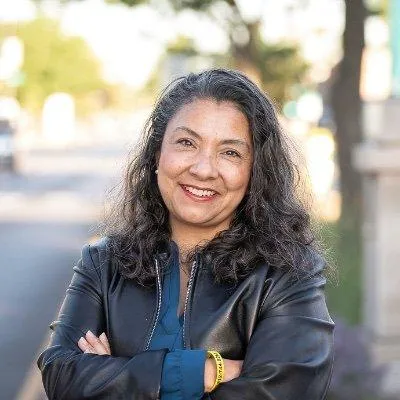

Headline Goes Here...
Jen has been magical in helping me to identify my voice and my VOICE! The ways that she has holistically addressed my strengths and my areas of improvement have all made me feel so much more confident.
-Cate R.
Politician, Chicago, IL
